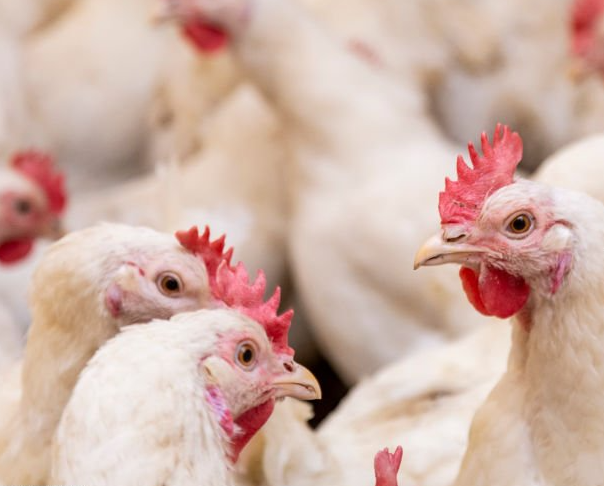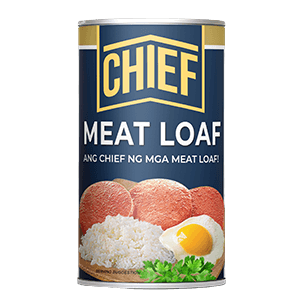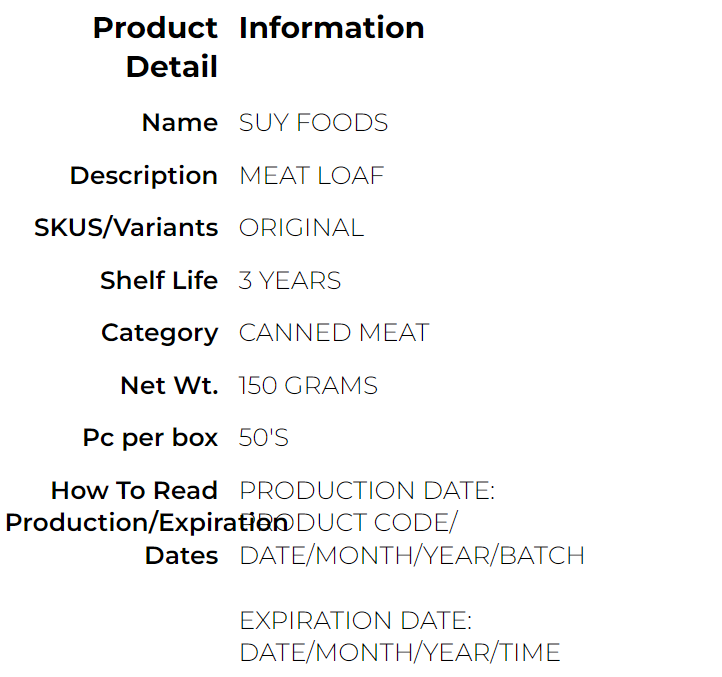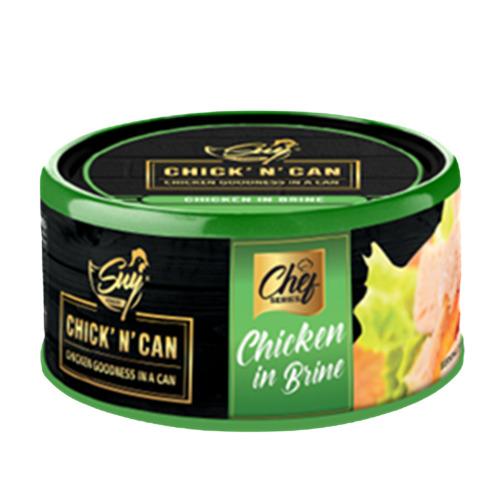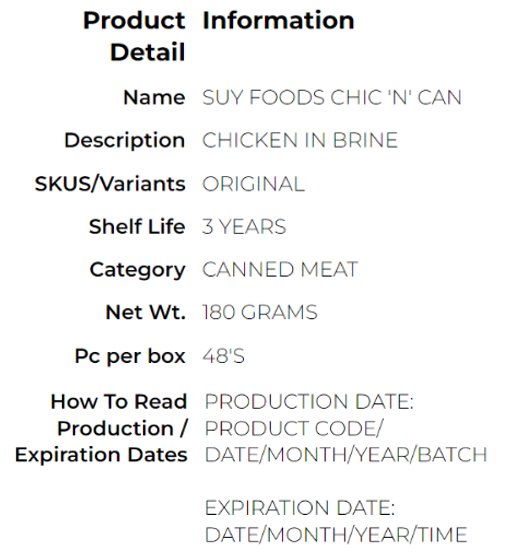Common food safety – nobody wants to think about it! But foodborne illness – well, that’s something nobody wants to experience. It can put a real damper on your day (or week) and can be especially dangerous for young children, pregnant women, and older adults. Luckily, there are many things you can do to prevent foodborne illness by understanding common food safety hazards in your own kitchen.

The 4 Common Food Safety Hazards in Your Kitchen
There are four main categories of food safety hazards to watch out for:
- Biological
This is the big one – bacteria, viruses, parasites, and toxins that can make you sick. These can come from contaminated food, improper handling, or even from you (think not washing your hands!). - Chemical
This includes harmful substances like cleaning chemicals, pesticides, or even lead from old cookware. Always ensure proper cleaning and use approved food-safe containers. - Physical
Things you don’t want to find in your food – glass shards, hair, jewelry – can all cause harm. Be careful while preparing food and maintain a clean workspace. - Allergenic
While not technically a safety hazard, allergens like peanuts or shellfish can cause serious reactions in some people. Be sure to clearly label ingredients and avoid cross-contamination.
Keeping Your Kitchen Safe
Here are some key tips to prevent foodborne illness and keep your kitchen safe:
- Wash your hands!
This is the number one defense against contamination. Wash with soap and warm water for at least 20 seconds before and after handling food. - Clean and sanitize surfaces regularly.
Cutting boards, countertops, utensils, and dishes all need frequent cleaning with hot soapy water or a sanitizing solution. - Cook food to the proper temperature.
Use a food thermometer to ensure raw meat, poultry, and fish reach safe internal temperatures. - Separate raw and cooked foods.
This includes using different cutting boards and utensils to prevent cross-contamination. - Chill or freeze leftovers promptly.
Don’t let food sit out in the temperature danger zone (between 40°F and 140°F) for more than two hours. - Thaw food safely.
Never thaw food at room temperature. Thaw in the refrigerator, under cold running water, or in the microwave using the defrost setting.
By following these simple tips, you can dramatically reduce your risk of foodborne illness and keep your kitchen a safe and healthy place to prepare delicious meals.
Bonus Tip!
Keep your refrigerator and freezer at the proper temperatures. Your refrigerator should be at 40°F (4°C) and your freezer should be at 0°F (-18°C). Check out this post from fda.gov!
FOR YOU
- The Future of Foodservice— How AI is Revolutionize Restaurant Operations in 2028
- Is Chicken Luncheon Meat Halal? A Guide for Savvy Muslim Consumers
- Exploring the Latest Trends at the Food Expo 2024
- Beyond Chicken Nuggets— Unlock the the Versatility of Suy Foods Products
- 5 Easy Suy Chicken Brine Hacks for Ultimate Flavor!
- Is Cheesy Lumpia Healthy? A Look at this Filipino Favorite
- 5 Easy Suy Chicken Brine Hacks for Ultimate Flavor!

